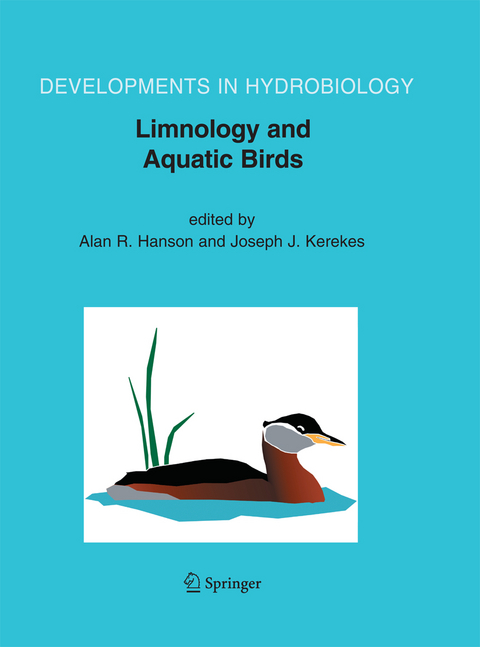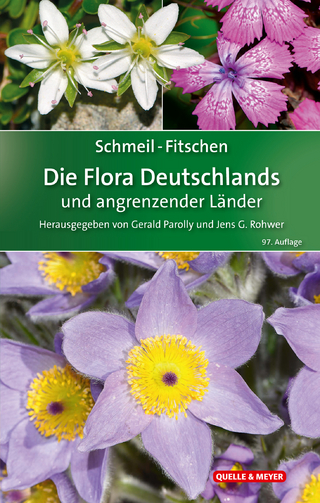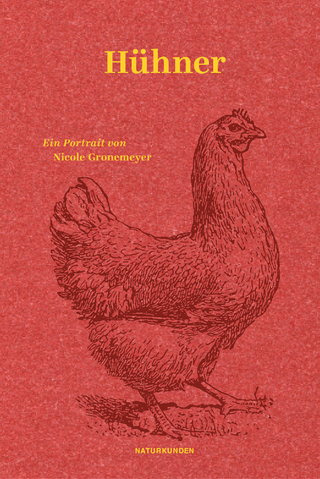
Limnology and Aquatic Birds
Springer (Verlag)
978-94-017-8232-6 (ISBN)
The main objective of the Working Group on Aquatic Birds of the International Limnological Society (SIL) is to integrate waterbirds into hydrobiology and treat waterbird studies in a limnological context.
This book is international in scope and presents information on species as diverse as common loon, harlequin duck, and semi-palmated sandpiper, and locations ranging from Iceland to Japan.
In Memoriam: Stuart Frederick Mitchell BSc (Hons), PhD 25 September 1940 – 10 August 2001.- In Memoriam: Stuart Frederick Mitchell BSc (Hons), PhD 25 September 1940 – 10 August 2001.- Aquatic Birds — Foraging, Community Ecology and Limnology.- A comparison between aquatic birds of lakes and coastal rivers in Florida.- Foraging guilds of aquatic birds on productive boreal lakes: environmental relations and concordance patterns.- Water bird guilds and their feeding connections in the Bodrogzug, Hungary.- Effects of small-bodied fish on invertebrate prey and foraging patterns of waterbirds in Aspen Parkland wetlands.- A comparison of three methods to investigate the diet of breeding double-crested cormorants (Phalacrocorax auritus) in the Beaver Archipelago, northern Lake Michigan.- Pattern of natural 15N abundance in lakeside forest ecosystem affected by cormorant-derived nitrogen.- Waterfowl — Habitat Use, Foraging Behaviour and Limnology.- Temporal processes and duck populations: examples from Mývatn.- Effects of water quality on habitat use by lesser scaup (Aythya affinis) broods in the boreal Northwest Territories, Canada.- Diurnal time-activity budgets of redheads (Aythya americana) wintering in seagrass beds and coastal ponds in Louisiana and Texas.- Foraging behavior of redheads (Aythya americana) wintering in Texas and Louisiana.- Macroinvertebrate abundance, water chemistry, and wetland characteristics affect use of wetlands by avian species in Maine.- Breeding waterbird wetland habitat availability and response to water-level management in Saint John River floodplain wetlands, New Brunswick.- Populations of ducks and trout of the River LaxÁ, Iceland, in relation to variation in food resources.- Influence of migrant tundra swans (Cygnus columbianus) andCanada geese (Branta canadensis) on aquatic vegetation at Long Point, Lake Erie, Ontario.- Loons — Population Trends, Behaviour, Habitat Use and Ecotoxicology.- Factors influencing productivity of common loons (Gavia immer) breeding on circumneutral lakes in Nova Scotia, Canada.- A landscape-scale model of yellow-billed loon (Gavia adamsii) habitat preferences in northern Alaska.- Testing hypotheses of social gatherings of common loons (Gavia immer).- Feeding behavior and modeled energetic intake of common loon (Gavia immer) adults and chicks on small lakes with and without fish.- Assessment of mercury exposure and potential effects on common loons (Gavia immer) in Québec.- Bioaccumulation of mercury in yellow perch (Perca flavescens) and common loons (Gavia immer) in relation to lake chemistry in Atlantic Canada.- Shorebirds — Habitat Use, Limnology and Trophic Dynamics.- Shorebirds, snails, and the amphipod (Corophium volutator) in the upper Bay of Fundy: top-down vs. bottom-up factors, and the influence of compensatory interactions on mudflat ecology.- Trophic structure and avian communities across a salinity gradient in evaporation ponds of the San Francisco Bay estuary.- Spatial and temporal fluctuations in presence and use of chironomid prey by shorebirds in the Odiel saltpans, south-west Spain.- Anostracans and microcrustaceans as potential food sources of waterbirds on sodic pans of the Hungarian plain.
| Erscheint lt. Verlag | 21.10.2014 |
|---|---|
| Reihe/Serie | Developments in Hydrobiology ; 189 |
| Zusatzinfo | X, 349 p. |
| Verlagsort | Dordrecht |
| Sprache | englisch |
| Maße | 193 x 260 mm |
| Themenwelt | Sachbuch/Ratgeber ► Natur / Technik ► Naturführer |
| Naturwissenschaften ► Biologie ► Ökologie / Naturschutz | |
| Naturwissenschaften ► Biologie ► Zoologie | |
| Naturwissenschaften ► Geowissenschaften ► Hydrologie / Ozeanografie | |
| Schlagworte | aquatic ecology • ecosystem • hydrobiology • Limnology • macroinvertebrate • shorebirds • waterbirds • waterfowl • water quality |
| ISBN-10 | 94-017-8232-6 / 9401782326 |
| ISBN-13 | 978-94-017-8232-6 / 9789401782326 |
| Zustand | Neuware |
| Informationen gemäß Produktsicherheitsverordnung (GPSR) | |
| Haben Sie eine Frage zum Produkt? |
aus dem Bereich


